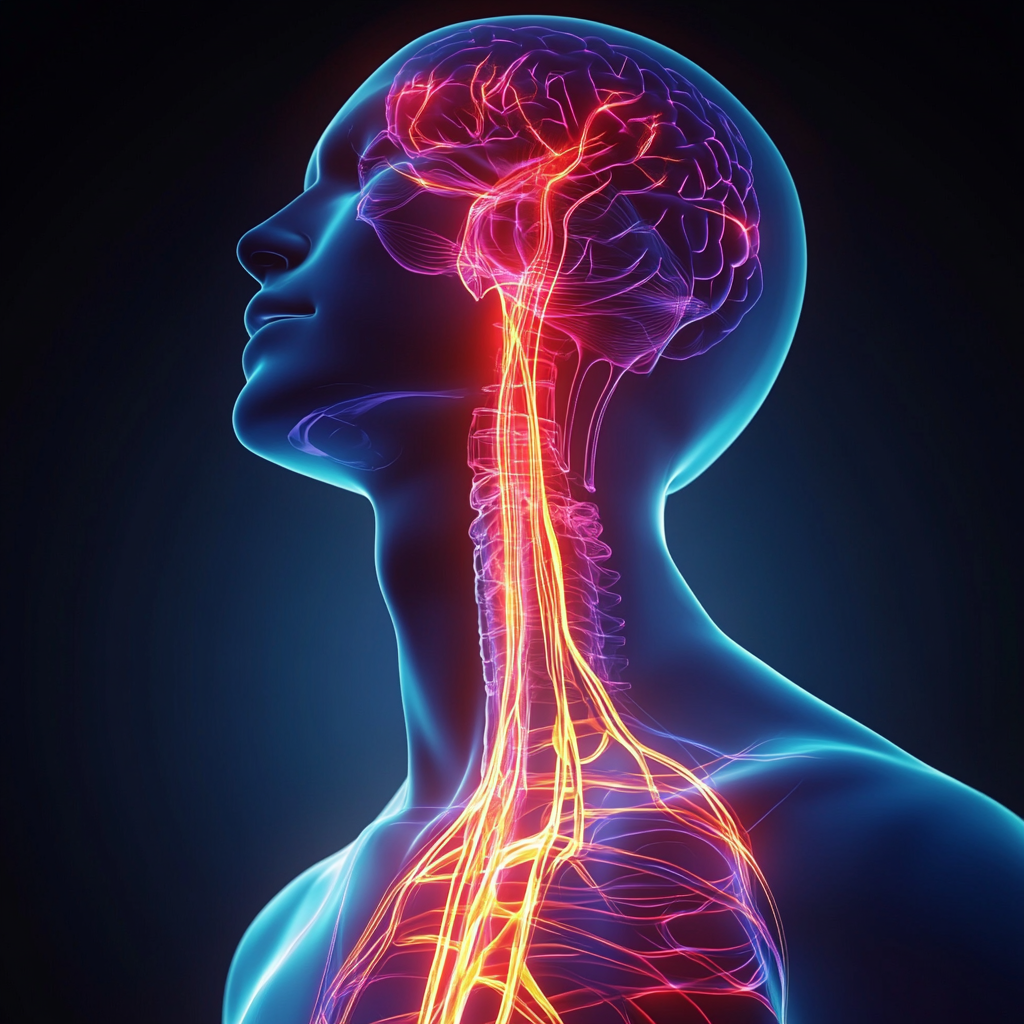Este rollo se utiliza para analizar la primera orina de la mañana para determinar el equilibrio ácido/alcalino.
La importancia de medir tu pH
Es esencial mantener un pH equilibrado en su cuerpo que está directamente relacionado con la cantidad de electrolitos en su cuerpo. Los electrolitos son minerales (sodio, potasio, cloruro, calcio, fosfato y litio) que son capaces de conducir electricidad y están involucrados en todos los procesos bioquímicos de nuestro cuerpo.
La sobre acidificación en nuestra dieta produce un agotamiento de minerales que son esenciales para amortiguar los ácidos en nuestro cuerpo. Si el cuerpo se desmineraliza, su capacidad para realizar procesos bioquímicos se ve comprometida y no podemos estar sanos.
¿Cuál es el pH normal de la sangre, la orina y la saliva?

- Sangre Arterial: 7.4
- Sangre Venosa: 7.35
- Líquido intersticial: 7,35
- Líquido intracelular: 6,0-7,4
- Orina: 4.5-8.0
Prueba del pH de su orina:
Probar el pH de su orina es un buen indicador de su concentración de minerales y el primer paso hacia una mejor salud.
Para probar su pH, use un pequeño trozo del rollo de papel a primera hora de la mañana . Desea probar el chorro medio de su primera orina de la mañana.
El rango óptimo es entre 6.4~7.2. Si es ácido (menos de 6.4), tome los suplementos recomendados (a continuación) y continúe probando su pH diariamente hasta que vuelva a estar en equilibrio.
Recomendamos no comenzar ninguna limpieza hasta que su pH esté entre 6.4 y 7.2 para minimizar las reacciones de limpieza. Cuando nos estamos limpiando, se vierte una cantidad inusual de toxicidad en el torrente sanguíneo y los órganos de desintoxicación (riñón, hígado e intestino grueso) que, a su vez, pueden hacer que nuestro cuerpo se vuelva muy ácido y produzca síntomas de desintoxicación.
Mejorando su pH:
Si su pH está por debajo de 6.4, esto es lo que puede agregar a su dieta:








